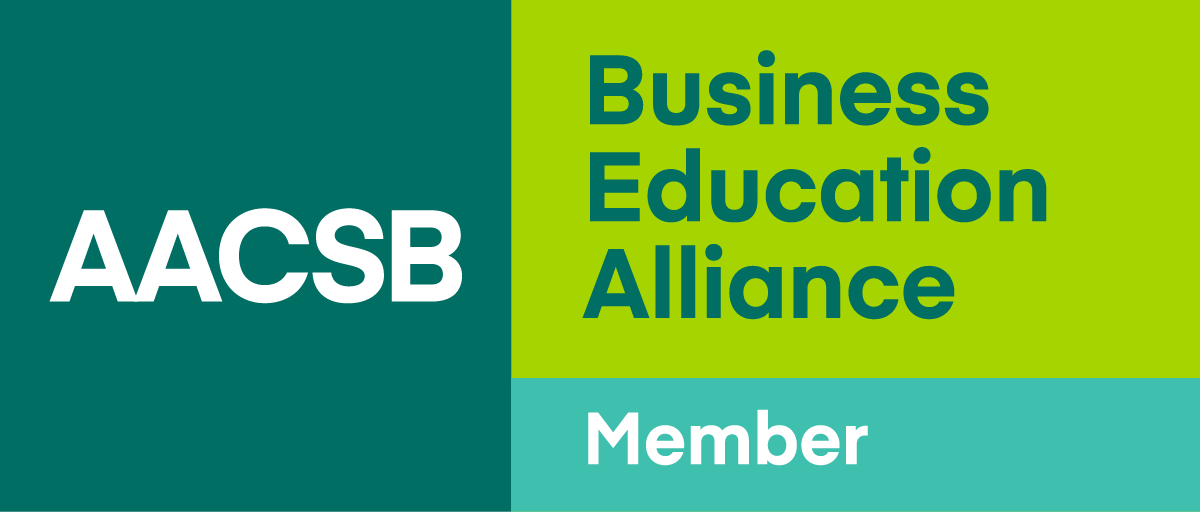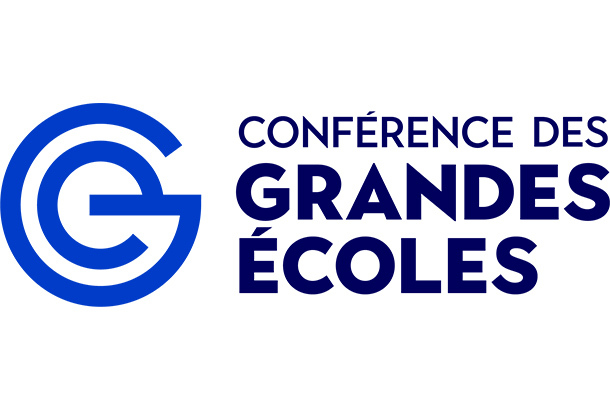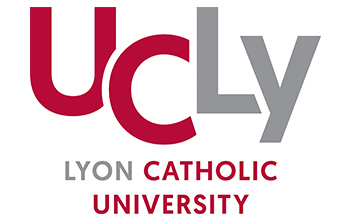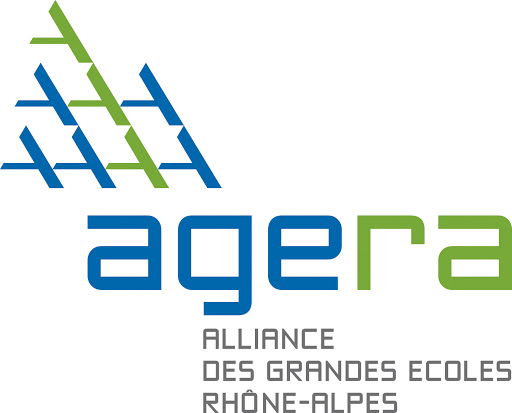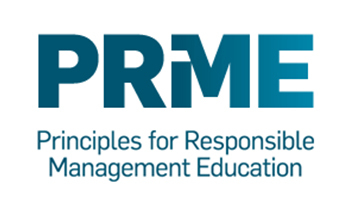- Homepage
- ESDES’s blog
- Research
- Are you ready to teach and learn in the Metaverse?
Shahrzad YAGHTIN
3 min.
6 April 2023
Imagine a virtual classroom in which the students and teachers can express themselves as customizable Avatars. As a teacher, you can choose a variety of space templates based on the size of the class and class context. Further, you can use different online teaching methods such as sharing the screen to present a lesson or casting directly from your own camera. You can also divide students into discussion groups, or send them into breakout rooms and monitor them through a feature that recognizes whether or not students are engaged in discussions. And if they go completely silent, you can join and encourage them to further discussion.
Students can also virtually walk around the room, approach one group, work together, and share and brainstorm ideas on a collaborative board, in addition to presenting from their screens. They can approach and ask classmates questions about homework or notes without addressing the entire class, or build social bonds that they would otherwise be able to do in real life. In a such virtual classroom, students and teachers can participate in natural discussions.
In fact, metaverse-based learning platforms such as “Universe” have been already designed and created. Such platforms may help create better remote teaching and learning experiences for both teachers and students. These platforms can also be a good solution to solve the student engagement problem compared to other online teaching methods (Viewsonic, 2023). In addition to enhancing and facilitating collaborative learning, metaverse-based platforms can be used to implement immersive learning which is so similar to experiential learning!

Source: the photo is a snapshot from a video presented by https://universe.viewsonic.io/
Let’s look at the metaverse through the lens of experiential learning. If you believe in the statement that “knowledge is created through the transformation of experience” (Kolb, 1984), you may acknowledge how the metaverse can help in materializing experiential learning in different fields of study. In fact, experiential learning in the metaverse can happen through two main pillars of the metaverse technology including simulation and augmentation. While simulation in the metaverse includes various techniques for realizing the simulated world by modeling reality, the augmentation technology adds new functions to an existing real system in the physical environment. In other words, augmented technology and simulation can be divided according to whether the information will be implemented in virtual reality or physical reality (Kye et al., 2021).
Using simulation and augmentation-based technologies (e.g., holograms, virtual classrooms, virtual labs) the metaverse can help learners and teachers immerse themselves into the internet to feel like they are a part of it, rather than just looking at it to have a close to real-world experience about the subject that they try to teach it or learn it. It is confirmed that when people try to learn content by reading it, they usually retain only 5 percent of the content whereas if they experience something (e.g., by using virtual reality), that retention may enhance to over 75 percent (Marr, 2022). Moreover, the metaverse can make you be able to visit far and distant museums, galleries, and exhibitions, and even enable you to go back in history to visit lost or destroyed ancient cities or meet well-known people whom you may read about them only in history books, and even empowers you to travel within space, planets, and other galaxies which are million light years away from us, just by intending to have these fantastic experiences! Therefore, the metaverse can provide significant possibilities to assist teachers and learners in improving the online learning process.
Although like other nascent technologies, the metaverse may have its own unique problems (e.g., access inequality, the probability of identity hacking, health concerns, etc.), considering the huge levels of opportunities that can be provided by the simulation and augmentation-based technologies, one can acknowledge that the metaverse has the remarkable potential to transform the education system at different levels. So, …, are you ready to adopt the metaverse and use it for teaching and learning?!
Kolb, D.A. (1984). Experiential Learning: Experience as the Source of Learning and Development. Englewood Cliffs, NJ: Prentice Hall.
Kye, B., Han, N., Kim, E., Park, Y., & Jo, S. (2021). Educational applications of metaverse: possibilities and limitations. Journal of educational evaluation for health professions, 18.
Marre, B. (2022). How Will The Metaverse Transform Education?. available at: https://www.youtube.com/watch?v=jZxABVWzz3s.
Viewsonic, (2023). 6 Benefits of Immersive Learning. available at: https://www.viewsonic.com/library/education/6-benefits-of-immersive-learning-with-the-metaverse/




